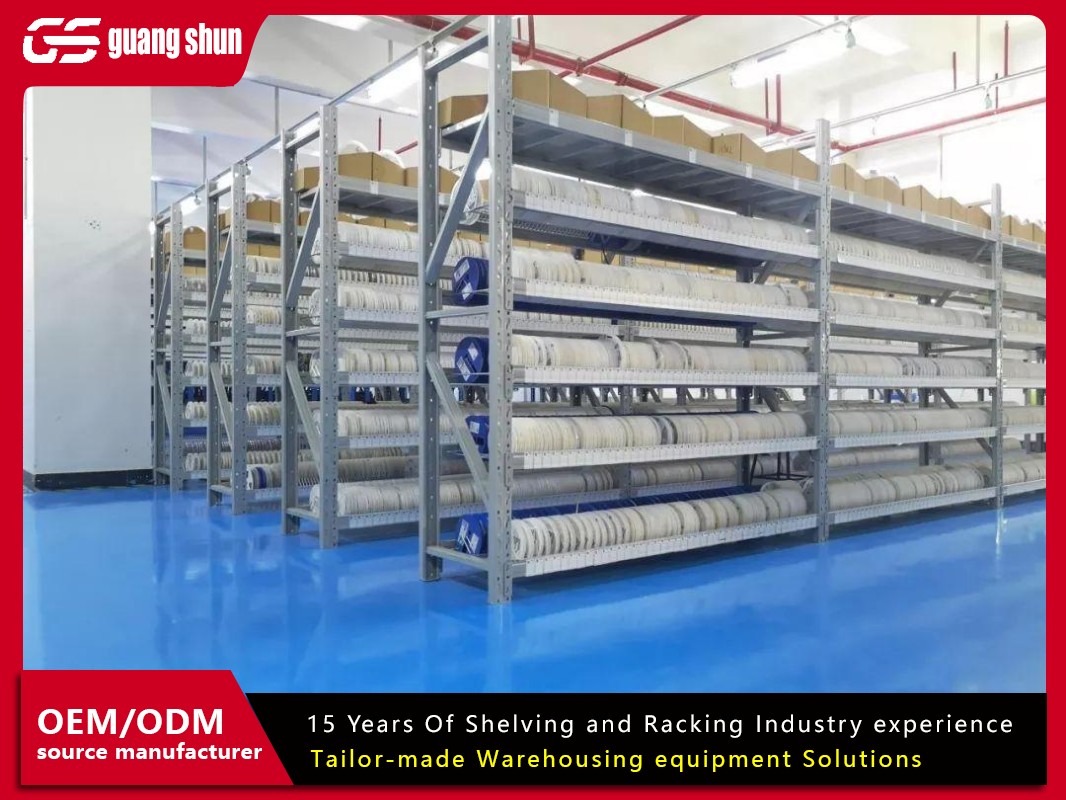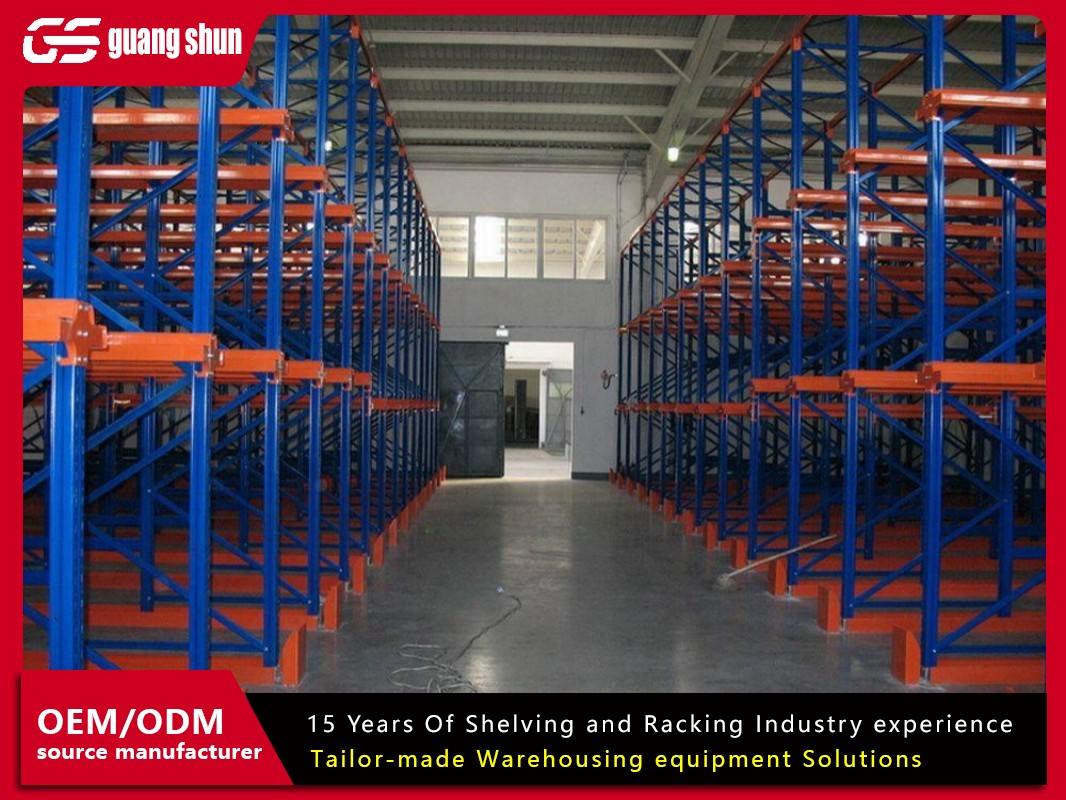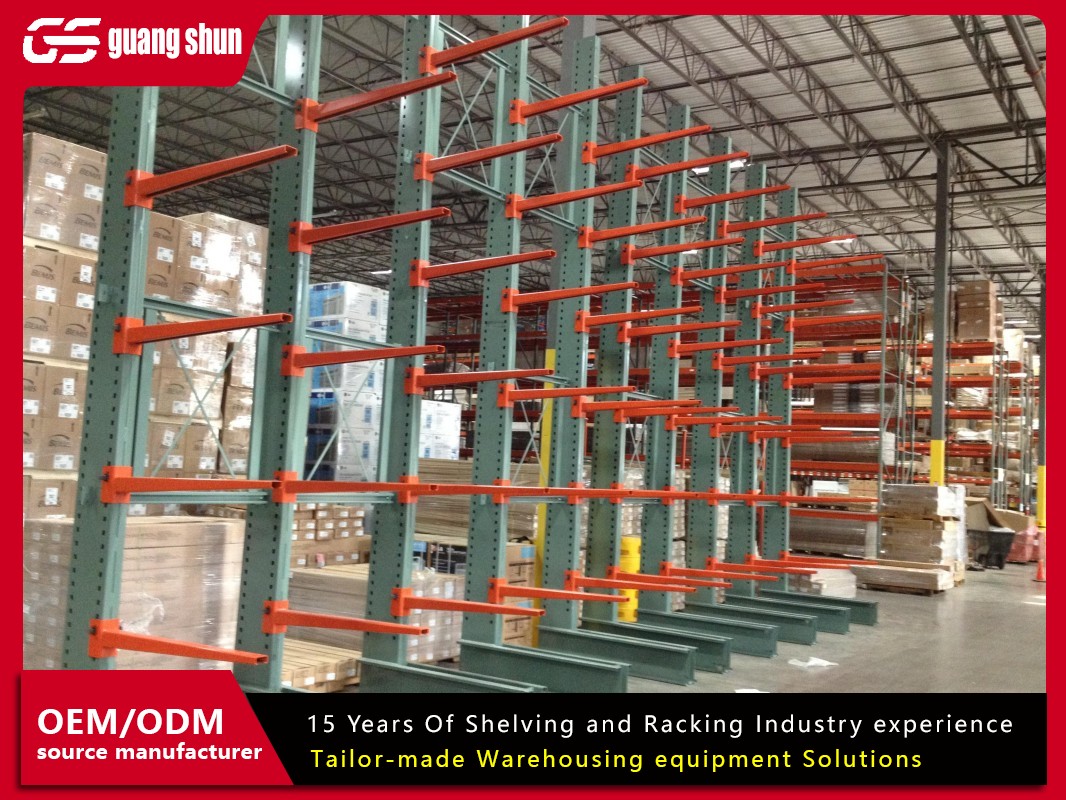In the world of logistics and supply chain management, the efficiency of a warehouse heavily relies on its storage infrastructure. At the heart of this infrastructure lies the warehouse racking system design, a critical element that determines how effectively space is utilized, how safely goods are stored, and how quickly operations can flow. A well-thought-out warehouse racking system design can transform a chaotic storage area into a streamlined hub, reducing costs and improving productivity. Conversely, a poor design can lead to inefficiencies, safety hazards, and increased operational expenses. This article delves into the essential aspects of warehouse racking system design, exploring key considerations, types of systems, and common pitfalls that businesses encounter. By understanding these elements, you can make informed decisions to optimize your storage solutions.
The importance of warehouse racking system design cannot be overstated. It involves more than just installing shelves; it requires a holistic approach that considers the nature of the goods, the workflow of the warehouse, and future growth projections. Whether you are setting up a new facility or upgrading an existing one, the design process should be meticulous and data-driven. In the following sections, we will break down the fundamentals of warehouse racking system design, examine various system types, discuss critical factors like safety and space utilization, highlight common problems, and touch on emerging trends. This comprehensive overview aims to provide valuable insights for warehouse managers, logistics professionals, and business owners looking to enhance their storage capabilities.
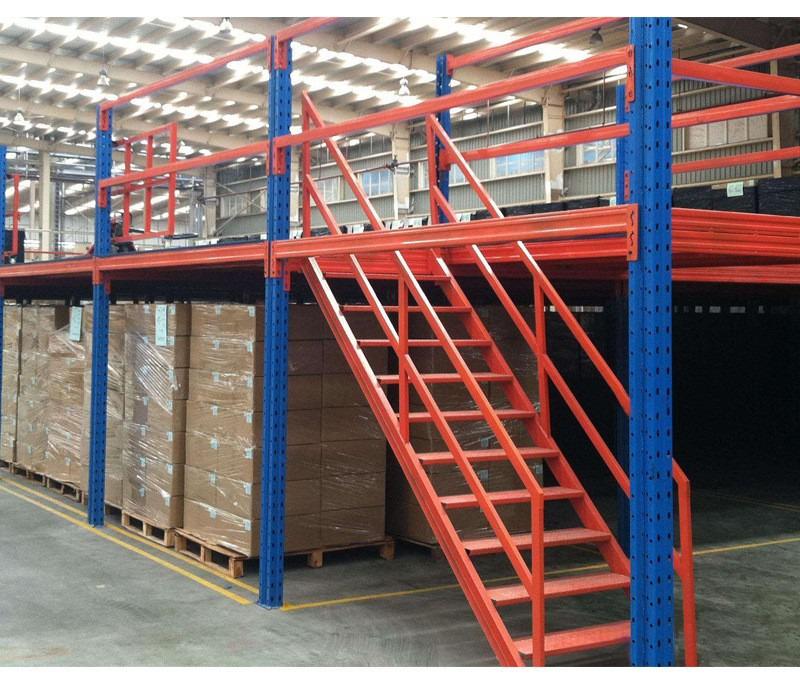
Understanding the Fundamentals of Warehouse Racking System Design
Warehouse racking system design refers to the strategic planning and configuration of storage structures to maximize efficiency and safety. It starts with a thorough analysis of inventory characteristics, such as size, weight, and turnover rate. For instance, fast-moving items might require easy access, while slow-moving goods can be stored in denser configurations. The design process typically involves assessing the warehouse's dimensions, including ceiling height and floor load capacity, to ensure the racking system aligns with the physical space. A key aspect of warehouse racking system design is balancing storage density with accessibility. High-density systems save space but may limit access, whereas selective systems offer better accessibility at the cost of density. Common problems at this stage include failing to account for future inventory growth or underestimating the impact of equipment like forklifts. For example, if the design does not consider the turning radius of machinery, it can lead to operational bottlenecks. Another frequent issue is overlooking local building codes and regulations, which can result in costly modifications later. By focusing on these fundamentals, businesses can create a robust foundation for their warehouse racking system design.
Types of Warehouse Racking Systems and Their Design Implications
There are several types of racking systems, each with unique design considerations that cater to different storage needs. Selective pallet racking is one of the most common, allowing direct access to every pallet. This system is ideal for warehouses with a wide variety of SKUs and high turnover rates. The warehouse racking system design for selective racking must include adequate aisle widths to accommodate forklifts, which can impact overall space utilization. Drive-in and drive-through racking systems, on the other hand, are designed for high-density storage by eliminating aisles. These are suitable for storing homogeneous products with low turnover. However, the design must account for the structural integrity of the racks, as they bear more weight and require precise load distribution. Push-back racking systems offer a compromise, providing density with some accessibility through a last-in, first-out (LIFO) mechanism. The warehouse racking system design for push-back racking needs to include sloping rails and carts, which add complexity but improve efficiency. Common problems include choosing the wrong system type based on inventory characteristics, leading to inefficiencies. For instance, using drive-in racking for fast-moving items can slow down operations. Additionally, improper installation of these systems can cause stability issues, emphasizing the need for professional involvement in the warehouse racking system design.
Key Factors Influencing Warehouse Racking System Design
Several critical factors must be considered during the warehouse racking system design process to ensure optimal performance. First, load capacity is paramount; the design must account for the weight and dimensions of the stored goods to prevent overloading and potential collapses. This involves calculating the uniform load capacity and considering dynamic loads from equipment. Second, space utilization is a core objective. Effective warehouse racking system design maximizes vertical space, especially in facilities with high ceilings, by incorporating tall racks and mezzanines. However, this requires evaluating the warehouse's structural limits and ensuring compliance with height regulations. Third, accessibility and workflow efficiency are crucial. The design should facilitate smooth movement of personnel and equipment, minimizing travel time between storage areas and loading docks. This often involves optimizing aisle widths and layout patterns, such as using a U-shaped or straight-line flow. Fourth, scalability is an often-overlooked factor. A good warehouse racking system design allows for easy reconfiguration or expansion as business needs change. Common problems arise when these factors are not adequately addressed. For example, underestimating load capacity can lead to safety hazards, while poor space planning can waste valuable square footage. Additionally, ignoring scalability can result in costly redesigns down the line. By prioritizing these factors, the warehouse racking system design can support long-term operational goals.
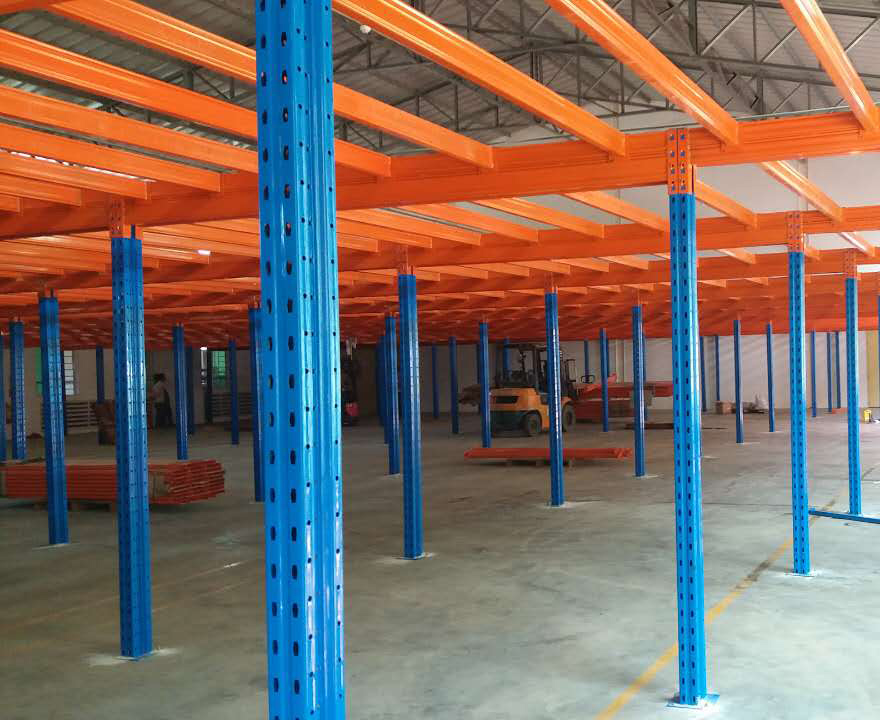
Safety Considerations in Warehouse Racking System Design
Safety is a non-negotiable aspect of warehouse racking system design. Racking systems must comply with industry standards, such as those set by OSHA or local authorities, to protect workers and inventory. Key safety elements include proper load distribution, which prevents uneven stress on the racks. The design should incorporate load beams and uprights that are rated for the intended weights, and regular inspections should be planned to identify wear and tear. Another critical safety feature is the inclusion of guards and protections, such as column guards and aisle markers, to prevent collisions from forklifts. Seismic considerations are also important in earthquake-prone areas, where the warehouse racking system design might need additional bracing or base plates. Common safety-related problems often stem from poor maintenance or design flaws. For instance, overloading racks beyond their capacity is a frequent issue that can cause collapses. Similarly, inadequate clearances between racks and equipment can lead to accidents. In the warehouse racking system design, it is essential to involve safety experts and conduct risk assessments to mitigate these risks. Training staff on proper loading techniques and inspection protocols is also part of a comprehensive safety strategy, ensuring that the design translates into safe daily operations.
Common Problems in Warehouse Racking System Design and How to Avoid Them
Despite careful planning, several common problems can arise in warehouse racking system design. One prevalent issue is incorrect installation, which can compromise the system's integrity. This often happens when non-professionals handle the setup, leading to misaligned components or insufficient anchoring. To avoid this, it is advisable to work with certified installers and follow manufacturer guidelines. Another problem is poor integration with warehouse management systems (WMS). The warehouse racking system design should complement software solutions for inventory tracking, but if not aligned, it can cause discrepancies in stock levels. For example, a design that does not account for barcode scanning locations can hinder efficiency. Additionally, inadequate ventilation or lighting in the design can create uncomfortable or unsafe working conditions. Cost overruns are also common, typically due to unforeseen modifications or material shortages. To mitigate this, the warehouse racking system design process should include a detailed budget and contingency plan. Furthermore, many businesses neglect future-proofing their design, resulting in systems that become obsolete quickly. Regular audits and updates can help address this. By anticipating these problems early in the design phase, businesses can create a more resilient warehouse racking system design that stands the test of time.
The Role of Technology in Modern Warehouse Racking System Design
Technology is revolutionizing warehouse racking system design, introducing innovations that enhance precision and efficiency. Advanced software tools, such as 3D modeling and simulation, allow designers to visualize the racking layout before implementation, identifying potential issues like obstructions or inefficient paths. These tools can also optimize the warehouse racking system design for automation, incorporating elements like robotic retrieval systems or conveyor integrations. For instance, automated storage and retrieval systems (AS/RS) require a design that supports high-density, high-speed operations, often with narrower aisles and reinforced structures. Another technological trend is the use of IoT sensors in racking systems, which monitor load weights and structural health in real-time, providing data for predictive maintenance. This proactive approach can prevent failures and extend the system's lifespan. Common challenges in adopting technology include high initial costs and the need for skilled personnel. However, the long-term benefits of a tech-enhanced warehouse racking system design, such as reduced errors and increased throughput, often justify the investment. As technology evolves, staying updated on these trends is crucial for a forward-looking warehouse racking system design.
In summary, warehouse racking system design is a multifaceted process that requires careful consideration of various elements to achieve optimal storage solutions. From understanding the basics and selecting the right system type to addressing safety and leveraging technology, each aspect plays a vital role in the overall efficiency of a warehouse. Common problems, such as installation errors or poor integration, can be avoided through meticulous planning and professional involvement. A successful warehouse racking system design not only improves space utilization and workflow but also enhances safety and scalability. As warehouses continue to evolve with technological advancements, the design process must adapt to incorporate new tools and methodologies. By focusing on these key areas, businesses can build a storage infrastructure that supports their operational needs and drives growth. Remember, investing time and resources in a well-executed warehouse racking system design pays dividends in the long run, making it a critical component of any logistics strategy.



